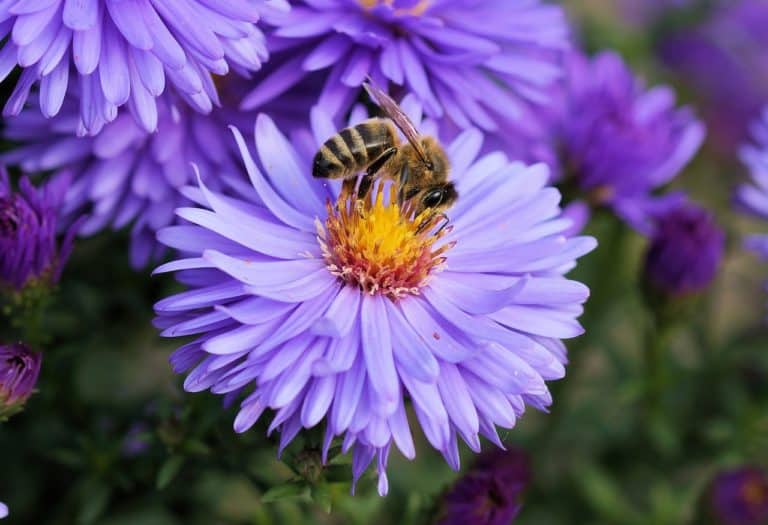Everyone knows that tomatoes are an excellent source of lycopene, right? Processed tomato products, ranging from sun-dried varieties to tomato ketchup, are proven to have high concentrations of this nutrient. So why are some experts claiming that guava and watermelon have just as much – even more – lycopene than tomatoes? What are some great sources of lycopene for prostate health?
First of all, lycopene is a carotenoid, a type of phytonutrient found in high concentrations in some fruits, and a nutrient shown to fight prostate cancer. When you compare the three fruits mentioned here, fresh unprocessed guava and watermelon have more lycopene gram-for-gram than whole, raw tomatoes.
And therein lies the critical difference: studies of lycopene and its anticancer fighting powers have focused on processed tomatoes, not fresh ones. While processed tomato foods easily beat out guava and watermelon in terms of lycopene content, fresh tomatoes do not fare as well.
That does not mean tomatoes are not great sources of lycopene, but consumers should not neglect guava and watermelon also as a regular part of their diet, along with tomatoes, in order to increase the lycopene in their diet.
Here’s a brief look at the lycopene content of tomatoes, tomato products, guava, and watermelon, courtesy of NutritionData.com and the US Department of Agriculture Carotenoid Database. All amounts of lycopene are in micrograms (mcg) per 100 grams of the food item:
Tomato powder: 46,263 mcg
Sundried tomatoes: 45,908
Tomato paste: 29,330
Tomato puree: 16, 670
Tomato sauce: 13,400 – 18,900
Tomatoes, canned, stewed: 4,088
Guava: 5,203
Watermelon: 4,532-4,868
Tomato (fresh, raw): 2,573-3,025
A 2002 study conducted by researchers at the South Central Agricultural Research Laboratory in Lane, Oklahoma, and at the Phytonutrients Laboratory in Beltsville, Maryland, involved evaluation of 13 different cultivars (varieties of a plant that have been selected or intentionally maintained) of watermelon. The scientists found that watermelon has as much or more lycopene as raw tomatoes, and that the amount of the phytonutrient found in watermelon depends on both the variety and growing conditions of the fruit.
This latter fact is true for guava and tomatoes as well, so the amount of lycopene in the tomatoes, guava, and watermelon you eat will differ depending on where they were grown, the nutrient content of the soil, the variety, and so on.
One thing that will not vary, however, is that these three fruits are excellent sources of lycopene. So for better prostate health – and overall health – enjoy tomatoes (in many forms), guava, and watermelon often.
References
Chandrika UG et al. Carotenoid content and in vitro bioaccessibility of lycopene from guava (Psidium guajava) and watermelon (Citrullus lanatus) by high-performance liquid chromatography diode array detection. Int J Food Sci Nutr 2009 Nov; 60(7): 558-66; Watermelon beats tomatoes
Ellinger S et al. Tomatoes, tomato products and lycopene in the prevention and treatment of prostate cancer: do we have the evidence from intervention studies? Curr Opin Clin Nutr Metab Care 2006; 9(6): 722-27
Ellinger S et al. Tomatoes and lycopene in prevention and therapy is there an evidence for prostate diseases? Aktuelle Urol 2009 Jan; 40(1): 37-43
Etminan M et al. The role of tomato products and lycopene in the prevention of prostate cancer: a meta-analysis of observational studies. Cancer Epidemiol Biomarkers Prev. 2004;13:340-345.
Shi J, LeMaguer M. Lycopene in tomatoes: chemical and physical properties affected by food processing. Crit Rev Biotechnol 2000; 20(4): 293-334.







